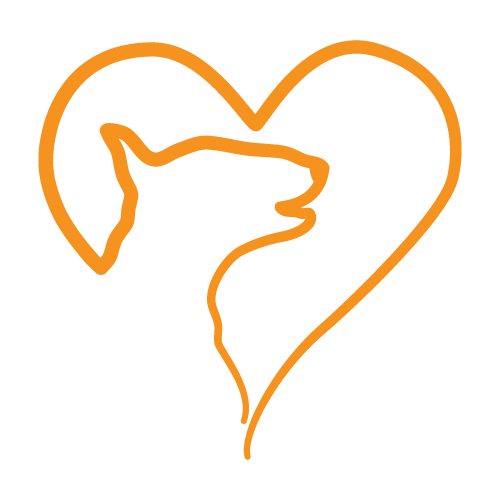frustration in dogs part 2
What is frustration?
It’s pretty complex actually, but basically it is a negative emotional state, that is brought on by expectations not being met.
It involves displacement of redirected behaviours and emotions when you feel out of control or thwarted from obtaining or retaining something you thought was in your control. The emotions induced are heightened according to the context, arousal threshold, what the behaviour is trying to communicate to those around you and the action of the frustration-what you are doing to relieve the frustration you feel.
The frustration circuitry in the brain can be activated when you can’t escape something, when you’re in pain, are hungry or thirsty, when many thwarting events have accumulated (i.e. trigger stacking) and testosterone can also influence frustration or when you feel conflicted. An extinction burst is also a manifestation of frustration; that one last ditch to see of old behaviour will be rewarded before you finally realise new behaviour is rewarded.
For example, I can get really frustrated when people don’t use their indicators in their cars and not being psychic I have no idea where they intend to turn their 1 ton metal object. Or when I can’t do something fiddly or can’t get out of the way of someone coming towards me when I’m out with my dogs. One of my friends get hangry if she doesn’t eat her dinner at a certain time of an evening. And similarly so do my dogs and one will redirect her frustration onto the other.
What’s your frustration inducing situation? What do you think your dog’s is?
Is it when restrained, when territory is threatened, personal space invaded, when rewards are delayed or the rules aren’t clear, when barriers to autonomy are in place, or when trying to retain something under their control?
What does frustration look like?
It can be quite subtle, from displacement behaviours which are performed when you can’t perform a prefered behaviour or to alleviate the feeling of frustration such as yawning, fidgeting or bouncy, marking, humping, rolling, drinking, scratching, grooming, freezing. You may see these in other contexts and as you know, context is everything when looking at behaviour. What facial expressions can be seen?
There may be other signals such as whining, barking (being mindful that barking can be a learned behaviour in a context, it may also be arousal of another sort such as excitement), pulling or lunging on the lead, whining when on lead, other signs of arousal such as piloerection (hackles), ears pricked, lip licking, prolonged eye contact, or growling. In the photo above, you can see a bark about to happen.
For me to decide if the behaviour is frustration, I’ll be needing other context such as the intensity of the situation, how long the behaviours last, the recovery after, what other displacements do I see, is there any avoidance, fear or anxiety, aggression or redirection, approach or seeking behaviour, history of experiences, pain and similar reactions in similar situations and incidents, and what outlets there for the behaviour in context and out of context.
For instance I might ask how the dog behaves off lead in familiar and unfamiliar locations, versus on lead in similar scenarios with known and unknown dogs. What the play style is, what their social history is and how it was managed and taught as a puppy, adolescent and adult, how they are normally at home including temperament, moods as well as their physical and emotional health, and what the motivation might be, i.e. what’s the function of the behaviour what purpose is it serving? What do they do when not thwarted from performing a certain behaviour, so I have a gauge of the difference between their learned emotional responses versus the ones displayed when frustrated.
What helps frustration?
In an ideal world, we would look at preventing it occurring when and where possible long or short term depending on what the behaviour is and how much it affects the dog, family or wider community, placing restrictions in the environment and managing it when possible then looking at modifying the motivation as well as modifying the emotion. Each case is different and each dog and family I work with are individuals so I’d be looking at more than what the dog is doing and what the owners want instead.
What can be changed in the dog’s environment to mitigate the risk to them or others? What outlets can be provided or put in place to decrease the glutacorticoid responses? Can the needs of the dog still be met when trying to avoid triggers for frustration?
What would this look like?
We would be looking at rewarding all good choices and responses they make
Teach an alternative response e.g. run to bed instead of shouting at the doorbell.
Can we reward with the thing they want to do for giving us another behaviour instead (aka Premack)
Would an active response be better than a passive one to teach them?
Would the dog benefit from predictive cues such as start and end of training sessions or non-interaction from humans, hello and goodbye, stationing, boundary training or release cues?
How do we make it easy for them to build tolerance to their frustration? Is full autonomy better or would the dog prefer less choice and more human direction?
Behaviour medications or supplements can help increase frustration threshold for reactions making learning easier and faster for the dog, facilitating cognition rather than triggering the reactions (brain v brawn).
So frustration can be a bit of mind f*** to figure out as well as live with for some and there may even be a genetic predisposition to it…and it’s not fully understood, but I don’t know about you, I find it fascinating.
If you like this, let me know, share with your mates and hit the subscribe button to get part 3.
Katie


